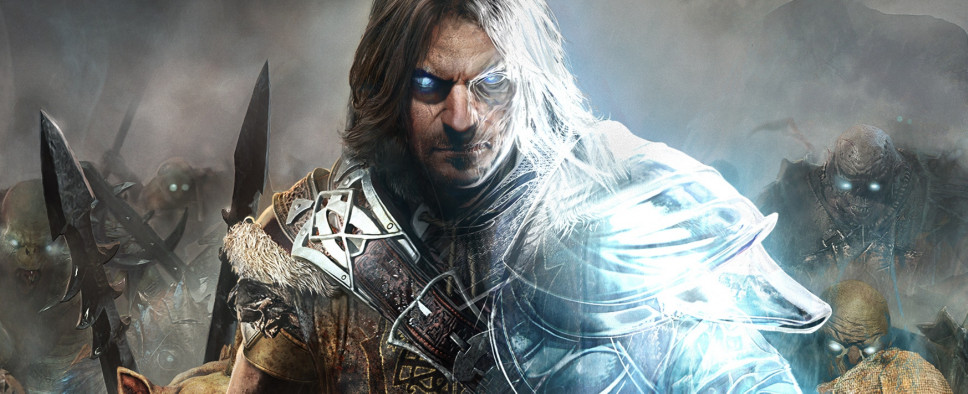Middle-Earth: Shadow of Mordor Performance Analysis
-
Category: News ArchiveHits: 1936

Eurogamer's Digital Foundry has published its "Face-Off" performance analysis of Middle-Earth: Shadow of Mordor, in which they put the three versions of the game (PC, PlayStation 4 and Xbox One) side by side. The PC version ultimately comes out on top, but the requirements for maxing it are really high and there are apparently a few factors in favor of the console SKUs:
In assessing all three versions of Monolith Productions' open-world adventure, the takeaway is that each one is keenly optimised. The studio's latest LithTech engine takes very well to the PS4 and Xbox One hardware, with advanced features such as tessellation and higher-end lighting effects making the grade. Ultimately the PC version's ultra settings trump both in terms of geometry draw distances and terrain density, but from a distance the results remain satisfying on console.
At the time of writing, the console releases also have unexpected aces up their sleeves. To the Xbox One and PS4's credit, each offer post-processing anti-aliasing that's not available on PC, plus a working motion blur effect - though we suspect that this option is likely to be fixed in due course on PC. To an extent, such extras make up for the lack of an ultra texture quality equivalent, adding a lick of polish to the game's overall presentation.
It's undeniably a PC victory in theory though, provided you have powerhouse hardware to support its max settings - allowing for a taxing super-sampling option to solve its aliasing issues. However, the PS4 remains the best bang-for-buck version out right now. While broadly a match for Xbox One, its full 1080p resolution, higher shadow quality and increased foliage density barely put a dent in its v-synced 30fps performance. The Xbox One release is a solid 30fps too in matching frame-rate tests but the added visual treats on Sony's platform make this an easy one to call between the two.

